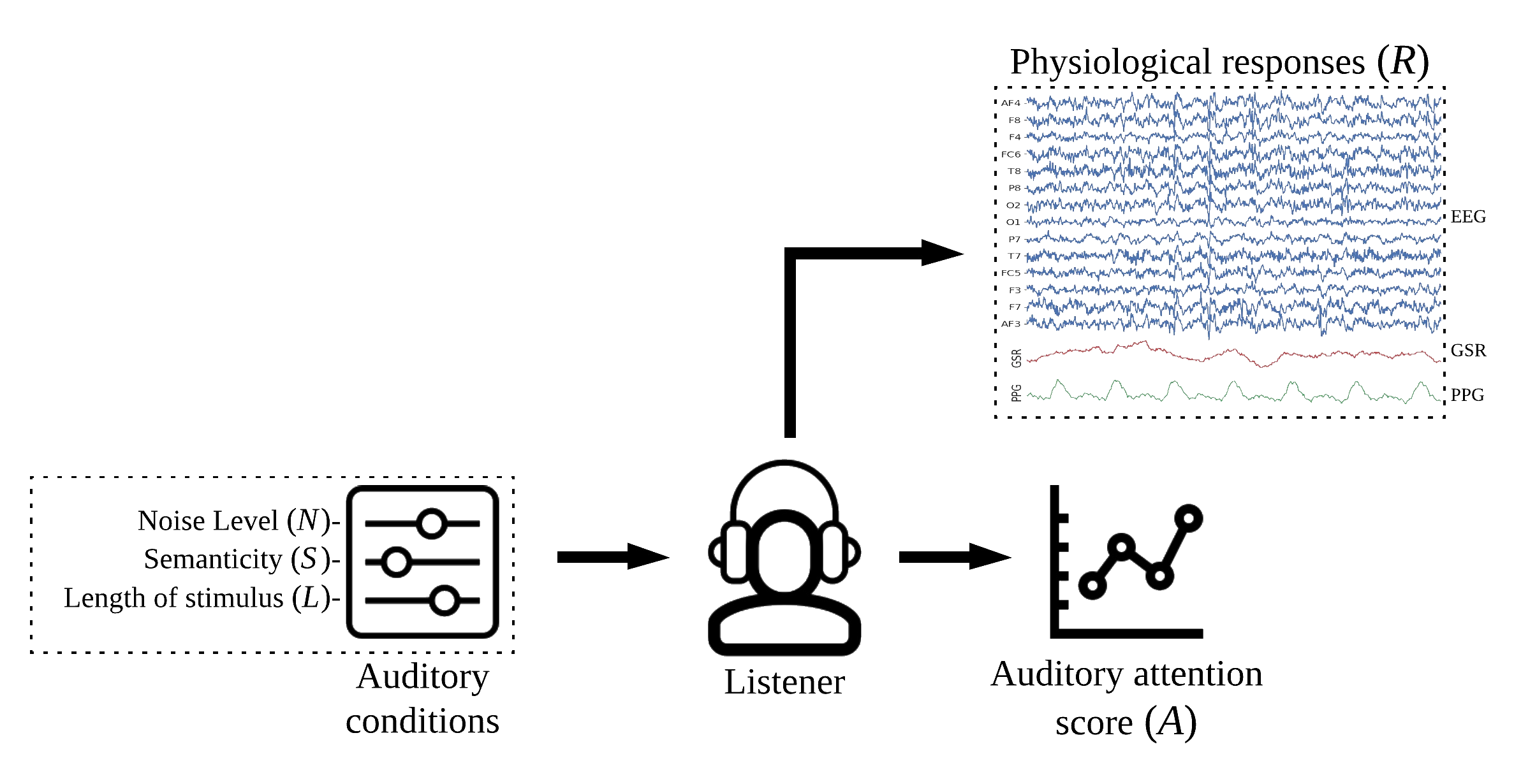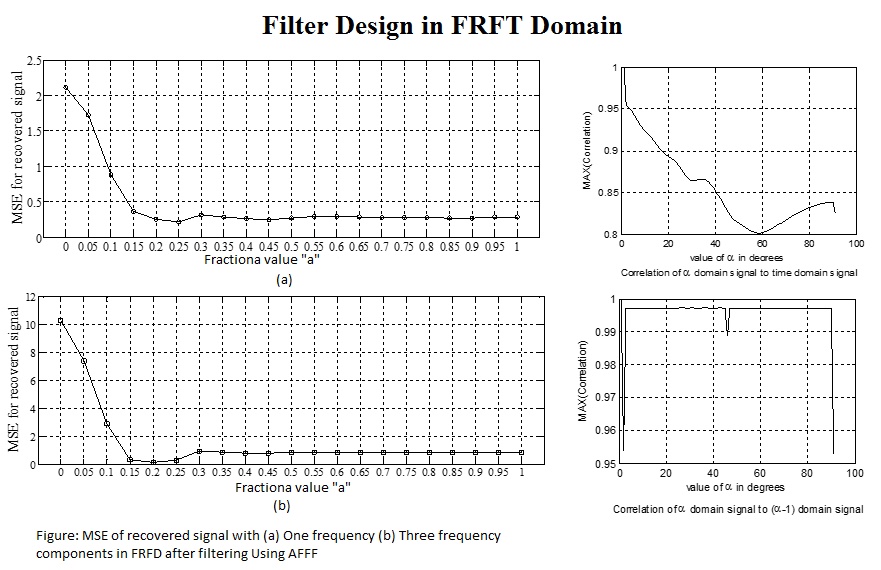-
PhyAAt: Physiology of Auditory Attention
-
EEG Artifact Removal Algorithm - ATAR
-
Deception Detection in Conversations
-
Game, Emotion and EEG
-
ECGI, Inverse Problems, Computational Models
-
Previous Work: Indian Sign Language Recognition, Fractal Art, FRFT & Stenography, Enhancement of A5/1, Facial Expression Recognition
Papers
- Bajaj, Nikesh; Requena Carrión, Jesús; & Bellotti, Francesco PhyAAt: Physiology of Auditory Attention to Speech Dataset. [Preprint] arXiv preprint arXiv:2005.11577 (2020). [PDF]
- Bajaj, Nikesh; Requena Carrión, Jesús; Bellotti, Francesco; Berta, Riccardo, & De Gloria Alessandro, 2021. Analysis of Factors Affecting the Auditory Attention of Non-native Speakers in e-Learning Environments, The Electronic Journal of e-Learning, 19(3), pp. 159-169. [PDF]
- Bajaj, N., Carrión, J. R., Bellotti, F., Berta, R., & De Gloria, A. (2020). Automatic and tunable algorithm for EEG artifact removal using wavelet decomposition with applications in predictive modeling during auditory tasks. Biomedical Signal Processing and Control, 55, 101624. [PDF]
- Bajaj, N., Bellotti, F., Berta, R., Carriòn, J. R., & De Gloria, A. (2018, December). Auditory Attention, Implications for Serious Game Design. In International Conference on Games and Learning Alliance (pp. 201-209). Springer, Cham. [Link]
- Bajaj, Nikesh; Requena Carrión, Jesús; & Bellotti, Francesco Deep representation of EEG data from Spatio-Spectral Feature Images. [Preprint] arXiv preprint arXiv:2206.09807 (2022). [PDF]
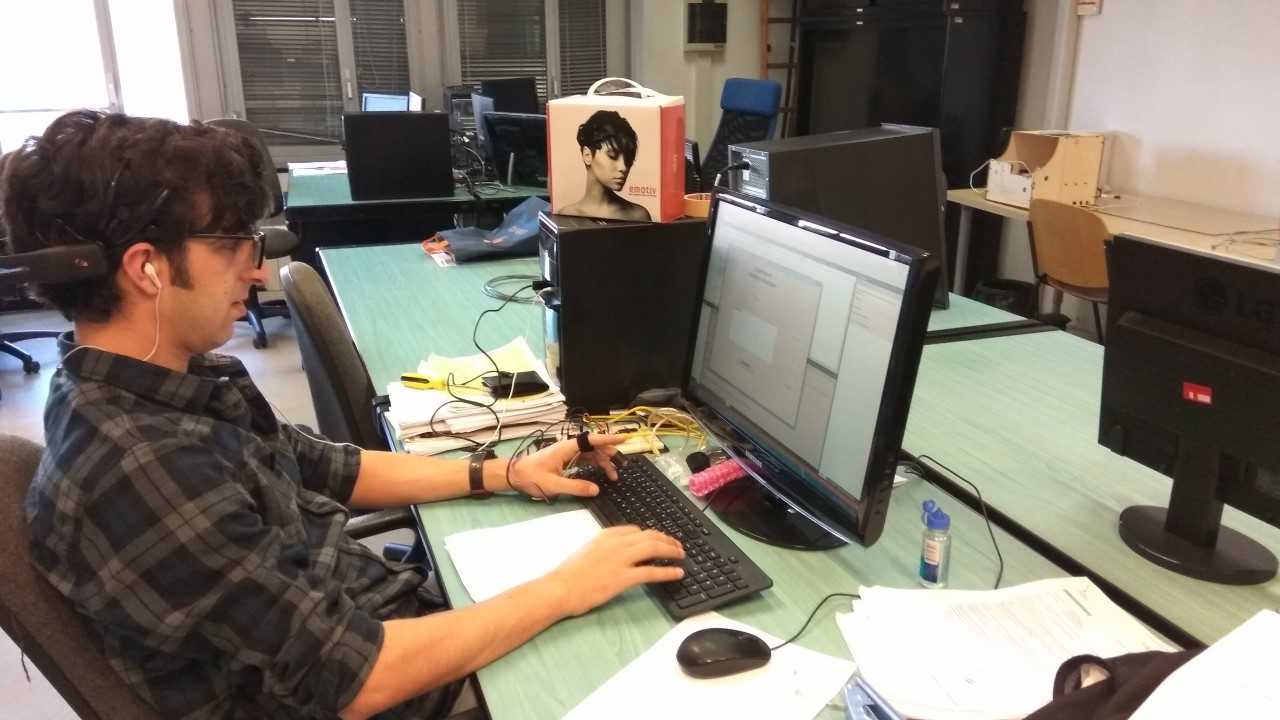
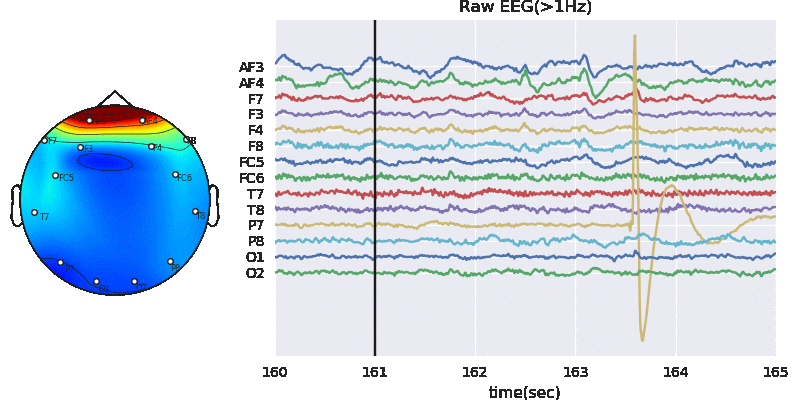
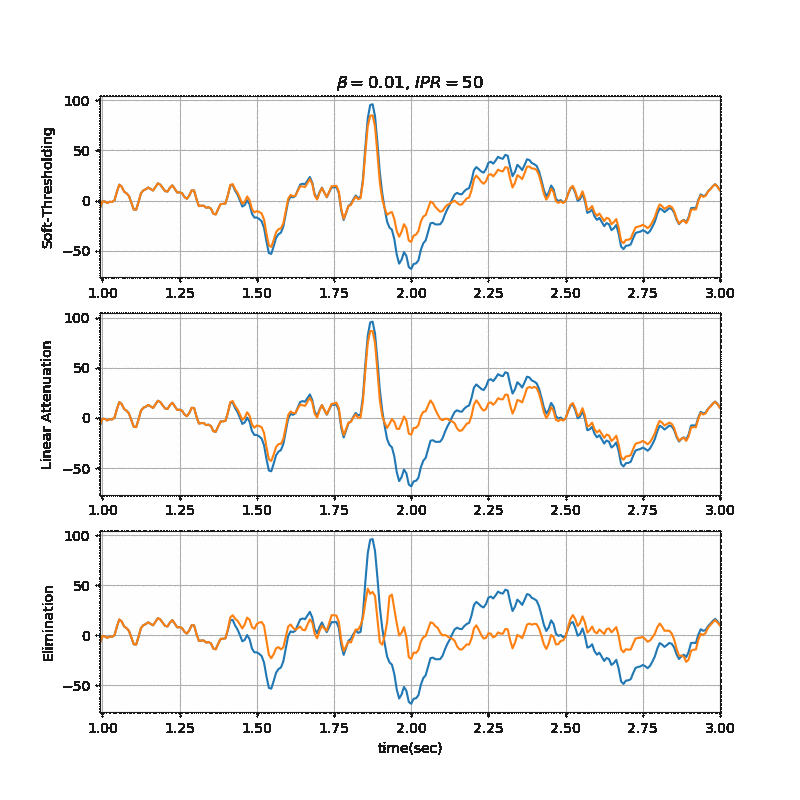 Automatic and tunable algorithm for EEG artifact removal using wavelet decomposition with applications in predictive modeling during auditory tasks - Full Article is available in Biomedical Signal Processing and Control
Automatic and tunable algorithm for EEG artifact removal using wavelet decomposition with applications in predictive modeling during auditory tasks - Full Article is available in Biomedical Signal Processing and Control

Electrocardiographic Imaging, ML, Deeplearning Inverse Problem, Computational Models

Papers/Abstracts
- Patel, K., Bajaj, N., Statton, B., Li, X., Herath, N. S., Nyamakope, K., ... & Ng, F. S. (2022). Bariatric surgery reverses ventricular repolarisation heterogeneity in obesity: mechanistic insights into fat-related arrhythmic risk. European Heart Journal, 43 (Supplement_2), ehac544-658. [Link]
- Wu, H., Patel, K. H. K., Li, X., Zhang, B., Galazis, C., Bajaj, N., ... & Ng, F. S. (2022). A fully-automated paper ECG digitisation algorithm using deep learning. Scientific Reports, 12(1), 20963. [Link]

Games, Emotion and EEG Game+Emotion+EEG ~ BCI
This work is in collaboration with Pratheep K Paranthaman, Assistant Professor of Computer Science, Elon University, Elon, NC 27244
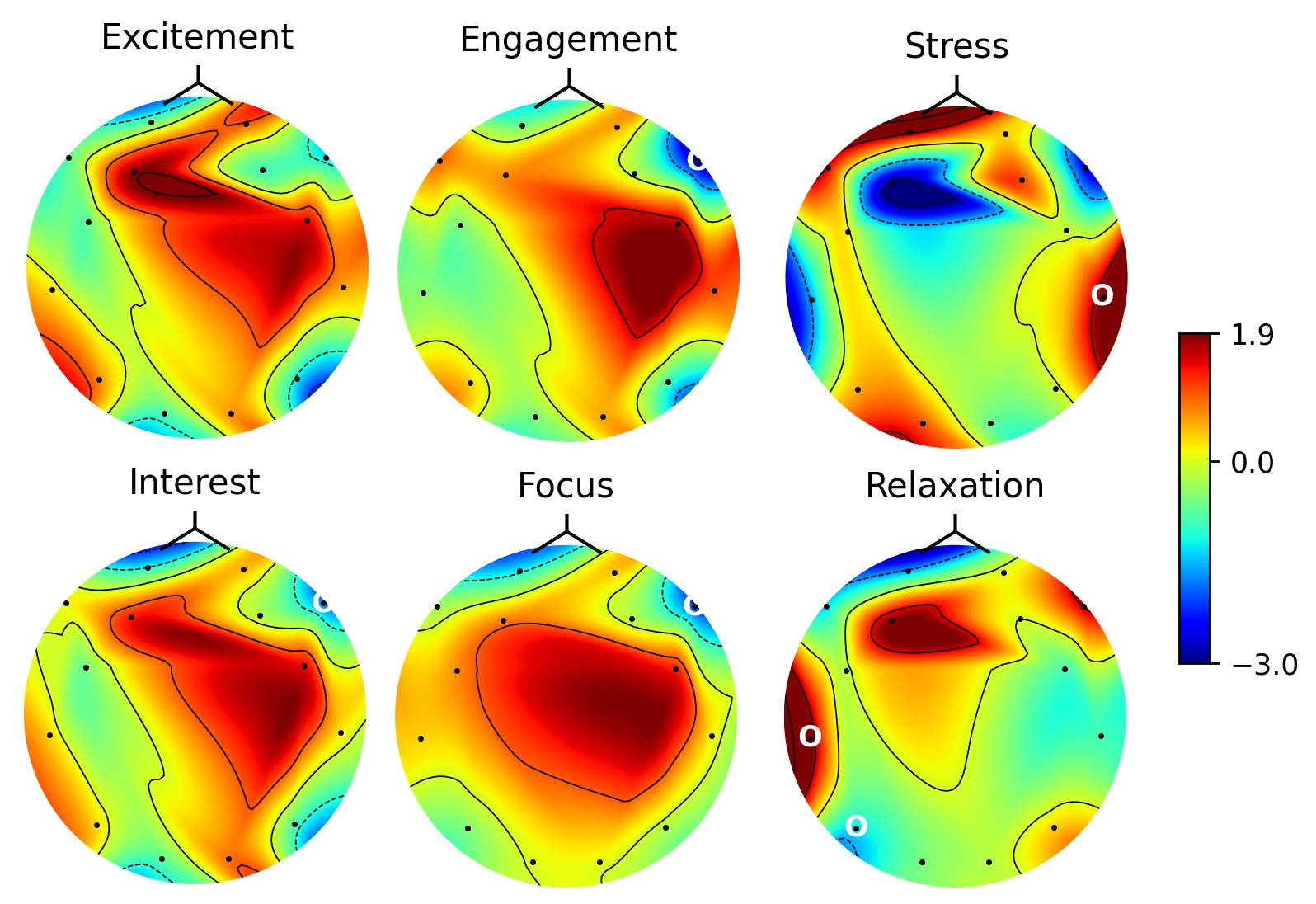
Papers
- Paranthaman, P. K., Bajaj, N., Solovey, N., & Jennings, D. (2021, August). Comparative Evaluation of the EEG Performance Metrics and Player Ratings on the Virtual Reality Games. In 2021 IEEE Conference on Games (CoG) (pp. 1-8). IEEE. [Link]
- Paranthaman, P. K., Vallabhajosula, S., Giordano, A., Walton, S., Tuisa, O., & Bajaj, N. (2023). User Experience Analysis in Obstacle Clearance Tasks in Virtual and Mixed Reality Environments. In Intelligent Sustainable Systems: Selected Papers of WorldS4 2022, Volume 2 (pp. 675-686). Singapore: Springer Nature Singapore. [Link]
- Jennings, D., Paranthaman, P. K., & Bajaj, N. (2023). Conceptual Design and Early Prototypes of a Gamified Virtual Reality Interview Training Application. In Intelligent Sustainable Systems: Selected Papers of WorldS4 2022, Volume 1 (pp. 93-104). Singapore: Springer Nature Singapore. [Link]


Deception Detection in Conversation Using Linguistic Markers
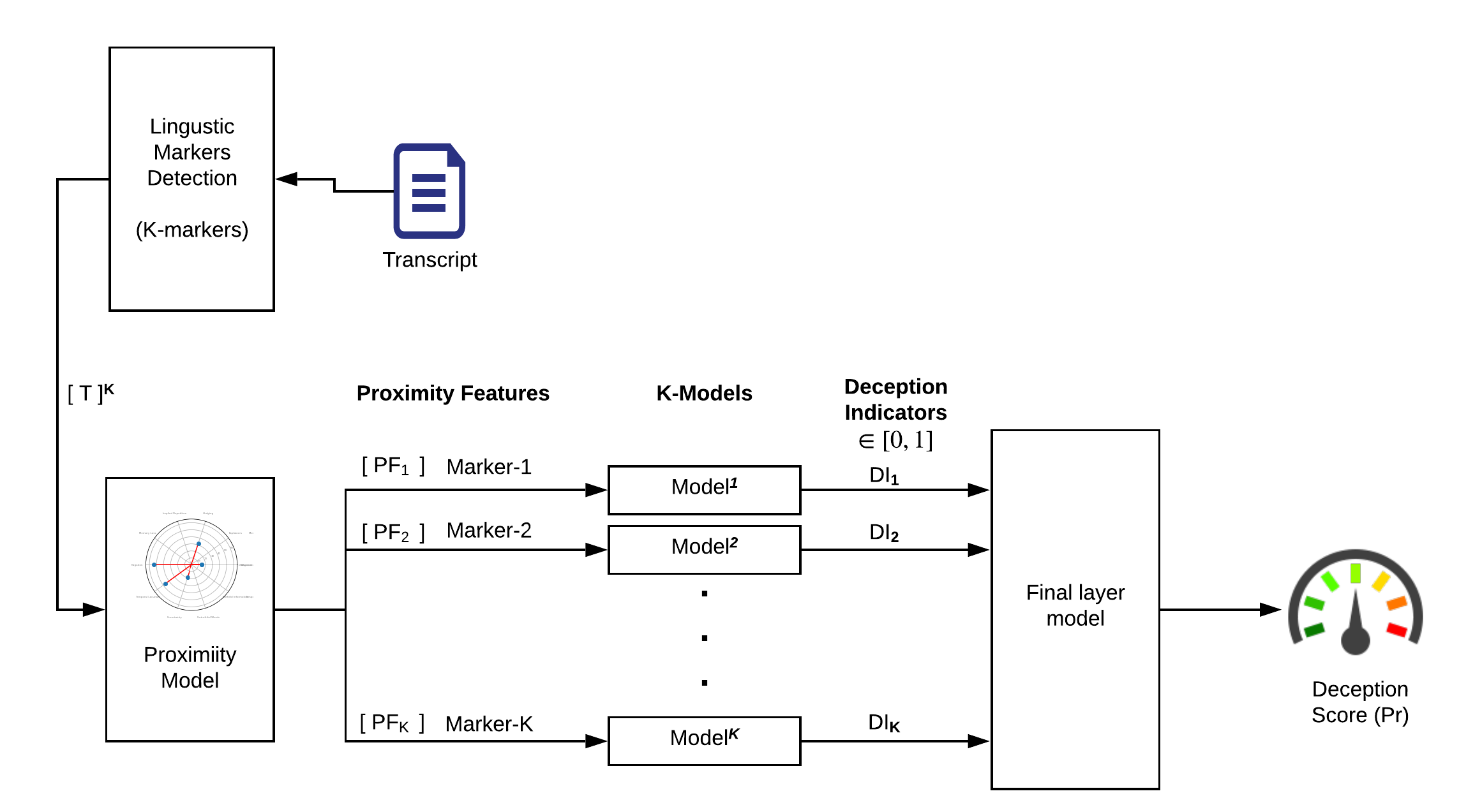
Papers
- Bajaj, Nikesh, et al. "Deception detection in conversations using the proximity of linguistic markers." Knowledge-Based Systems (2023): 110422. [Link]
- Bajaj, Nikesh, et al. "Fraud detection in telephone conversations for financial services using linguistic features." 33rd Conference on Neural Information Processing Systems (NeurIPS 2019), Vancouver, Canada. AI for Social Good workshop. [Link]
- Goodluck Constance, T., Bajaj, N., Rajwadi, M., Maltby, H., Wall, J., Moniri, M., ... & Cannings, N. (2021). Resolving Ambiguity in Hedge Detection by Automatic Generation of Linguistic Rules. In Artificial Neural Networks and Machine Learning–ICANN 2021: 30th International Conference on Artificial Neural Networks, Bratislava, Slovakia, September 14–17, 2021, Proceedings, Part V 30 (pp. 369-380). Springer International Publishing. [Link]
Patent
- Laird, James, Nigel Cannings, Cornelius Patrick Glackin, Julie Ann Wall, and Nikesh Bajaj. "System and method for understanding and explaining spoken interactions using speech acoustic and linguistic markers." U.S. Patent Application 17/308,222, filed December 30, 2021. [Link]
 Fraud detection in telephone conversations for financial services using linguistic features - Full Article is available Paper
Fraud detection in telephone conversations for financial services using linguistic features - Full Article is available Paper
Indian Sign Language Recognition
This is a first step towards designing a system for deaf and dumb. You must have seen people talking in sign language, they can only communicate with one who understand language of sign. Everybody do not understand signs, So we need a system which will generate voice after recognizing the signs. This will be one of the noble work by which these people will not feel isolated, They will not hesitate going around and enjoying the life, they will not miss a chance to talk any body just because they can not talk.
Here we have implemented our initial work on MATLAB and results are recorded and shown in video.
Paper is published and is available at IEEExplore you can find paper here : Go to Paper

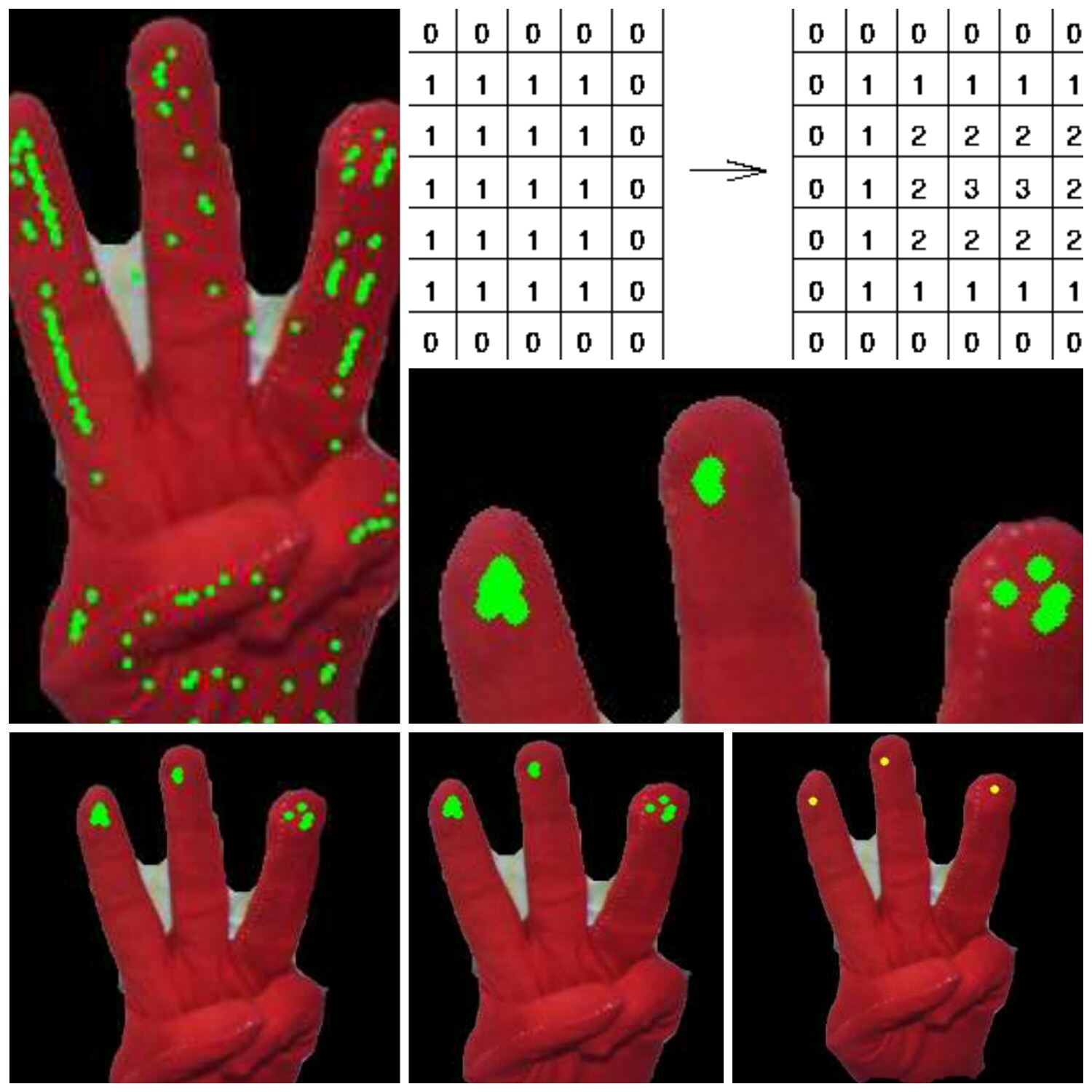
Fractal Art in Signal Processing
Fractal Art in Signal Processing
This is one of the very fascinating work. There are many fractal equations available for generating different patterns. We also derived some new equations for generating different and beautiful patterns. Some of the Pattern generated are shown in figure. We further tried to use these pattern for designing clothes. Here 'Design' means not deciding the pattern, shape and outline of any dress but to putting different patterns on dress in different ways.
Elementary paper is published and available in IEEExplore: Link
Other detail paper is in process.


Facial Expression Recognition
Facial Expression Recognition

This paper does not contain very good detail of work, another paper is in process which will have all the details
Other detail paper is in process.
A Neuroscience Based Approach to Game Based Learning Design
Abstract
In recent years designing a game for education has become very popular. Neuroscience has developed many theories of learning, based on how brain learns. We discuss a design approach for conventional teaching methods. The proposed approach illustrates the opportunities to exploit the concept of neuroscience and combine it with game for educational purpose. The pedagogies based on neuroscience and psychology have been adapted in teaching very well and the same is expected to work well with Game Based Learning (GBL).
Enhancement of A5/1: using variable feedback polynomial of LFSR
Abstract:
In this paper enhancement of A5/1 Encryption technique is proposed. Same was simulated in MATLAB and tested with NIST Test suit for randomness.
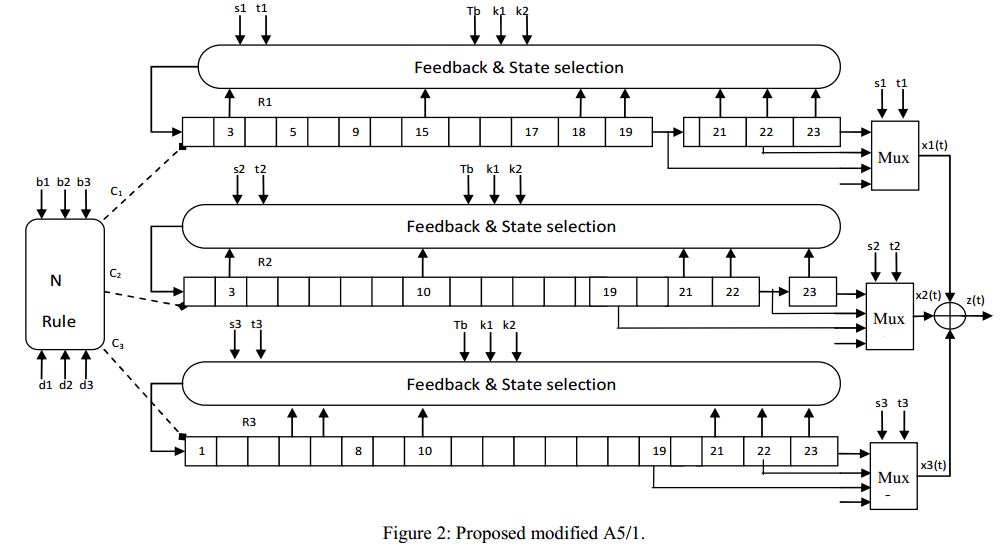


Full paper is available at following link
Go to Paper
Other detail paper is in process.
